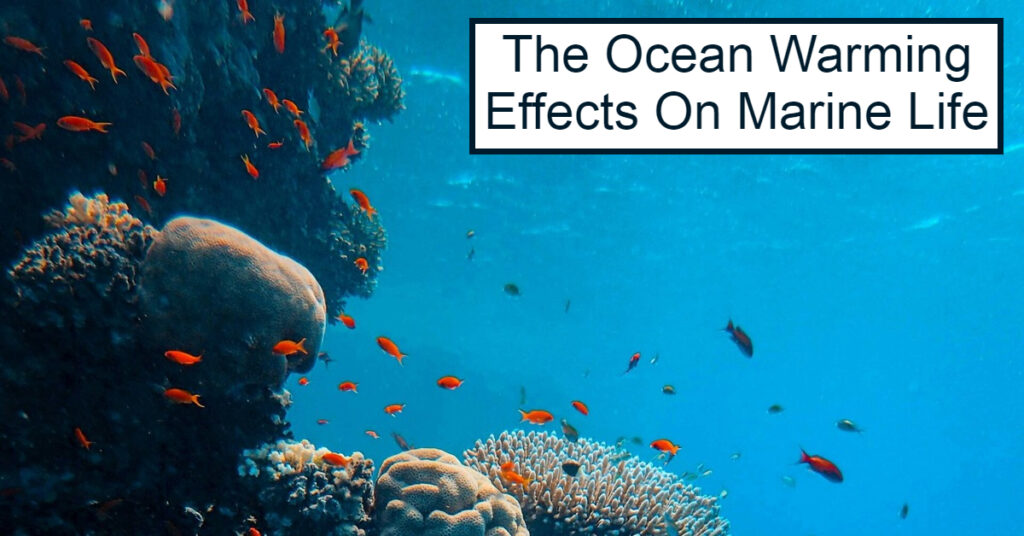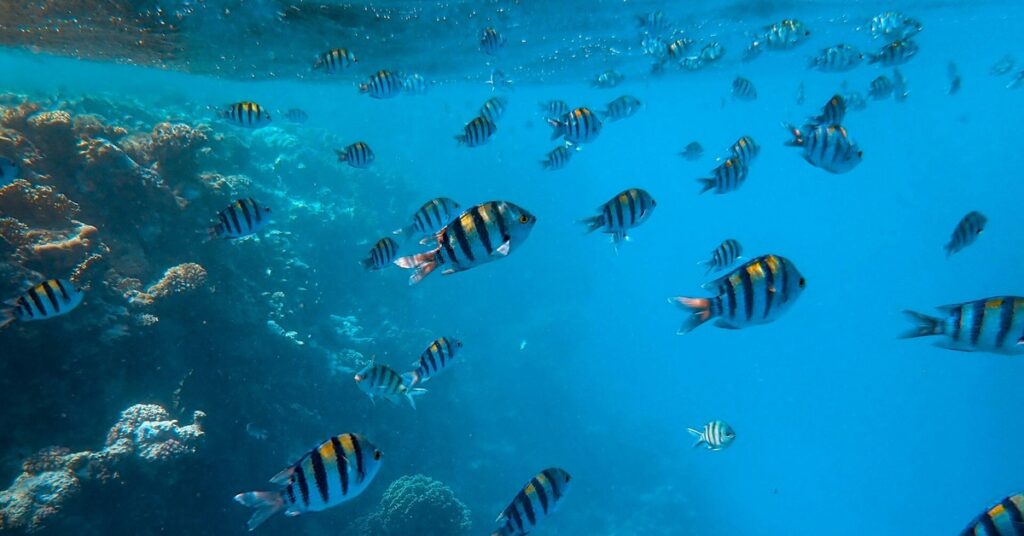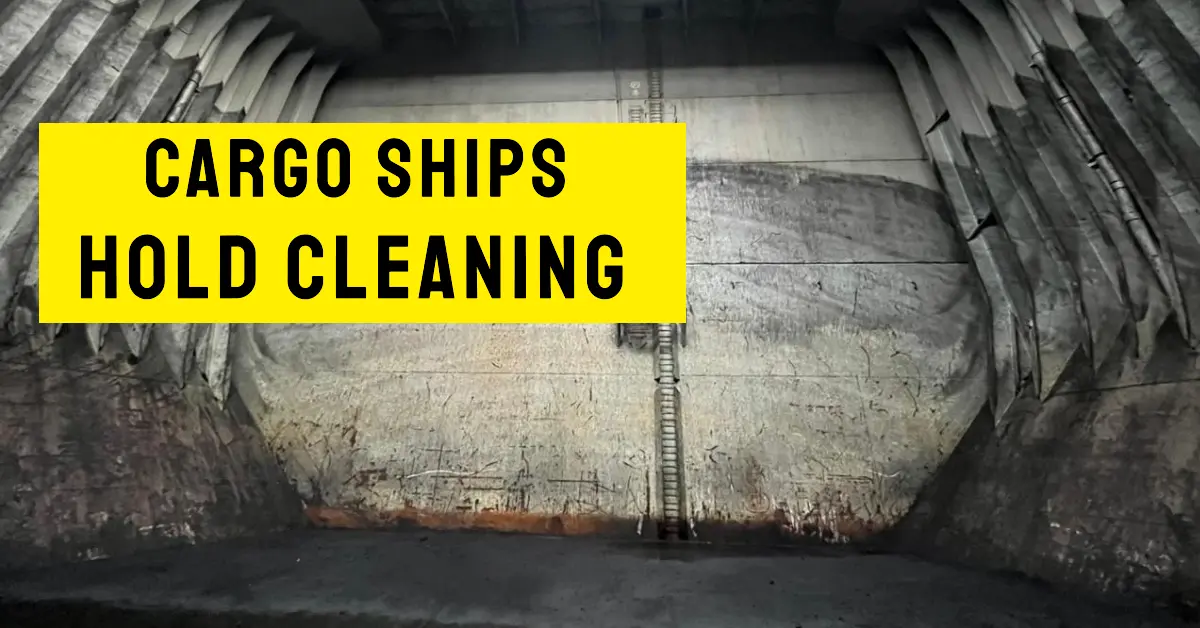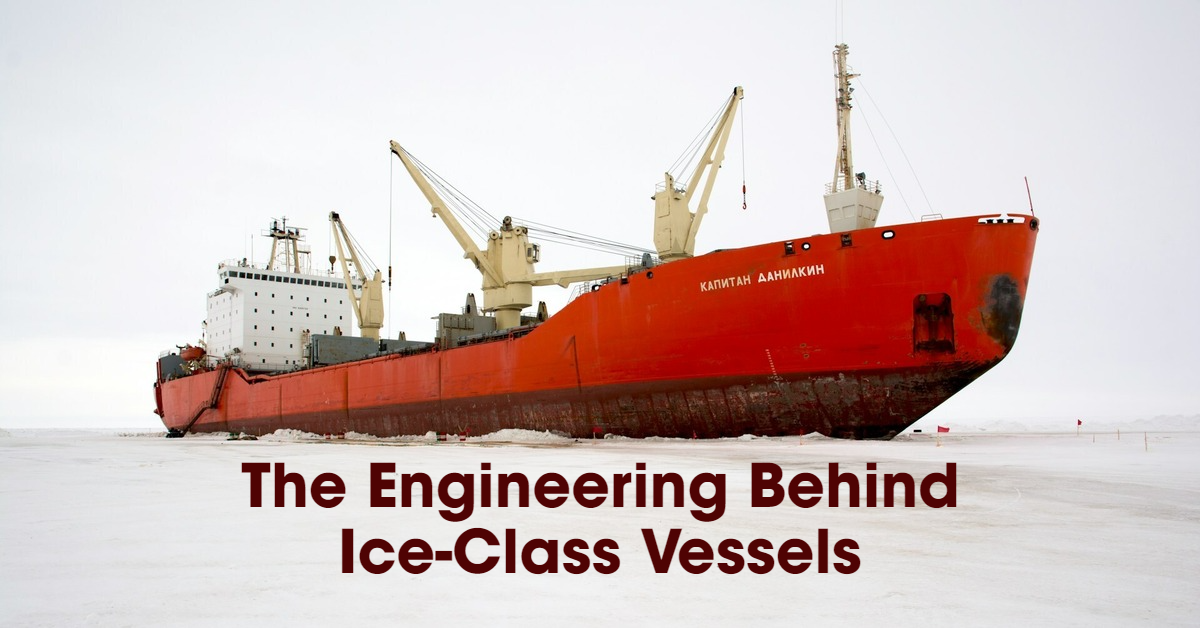The last few decades have seen ocean temperatures rise as climate change begins to affect maritime industries worldwide. Companies have had to shift their priorities to adapt to the shifts and ensure their practices aren’t contributing to the problem. However, fish and other wildlife have also endured issues due to the warming waters. Here’s how rising ocean temperatures have affected marine life.

More Dead Zones
One of the most concerning effects of ocean warming on marine life is the increased number of dead zones. As ocean temperatures rise, the amount of oxygen in the water decreases. Therefore, ocean dwellers have a more challenging time surviving in these conditions. You also see eutrophication occur, which causes the water to have too many nutrients.
These dead zones become ripe for cyanobacteria and can harm humans if they come in contact with this bloom. Experts say cyanobacteria can cause eye irritation and rashes, and make you feel sick. Additionally, these organisms can be fatal for marine fauna and your pets if they enter the ocean.
Cyanobacteria growth is one example of an algal bloom in the world’s waters. This phenomenon occurs when algae concentration increases in the ocean, often leading to red tides. The rising ocean temperatures create ideal environments for algae growth at the surface, harming predators and prey among marine life.
The world has 415 dead zones and will see sharp increases as global surface temperatures rise. Experts say the planet had 10 documented dead zones in 1960 to over 169 by 2007, demonstrating the rapid change in coastal waters.
Compromised Habitats
Fish rely on their habitats for survival, but the effects of ocean warming on marine life have led to deterioration and uninhabitable waters. For instance, rising ocean temperatures cause coral to bleach, thus making the invertebrates vulnerable to diseases. Numerous animals depend on coral to eat, breed and find shelter, so destroyed habitats leave them scrambling.
Coral is more than a beautiful sight when snorkeling in Hawaii — if this species collapsed, a significant amount of the ocean would risk extinction. The Massachusetts Institute of Technology says coral connects about 25% of known ocean wildlife, so a major ripple effect would occur.
Lost coral would also harm humans, as people depend on coral in a few different ways. This species is a buffer from strong waves and storms by providing on the coastline. Health experts use it for calcium supplements and cancer treatments, making it vital medicinally.
Dangerous Acidity Levels
Industrialization has led to more carbon dioxide (CO2) in the atmosphere, thus leading to higher concentrations in international waters. The oceans have absorbed a lot of CO2 in the last couple of centuries, thus leading to altered acidity levels. The National Oceanic and Atmospheric Administration says they’ve seen a 30% increase in acidity or a drop in 0.1 pH units.
This change has been detrimental to marine life by affecting the skeletons of shellfish and coral. Species with hard shells — such as oysters — rely on calcium carbonate to form these outer protections. However, they have more difficulty building because of the fewer carbonate ions available for calcification. Existing oysters may suffer from compromised shells as the pH decreases in the oceans.
Algal blooms also come into play with the ocean’s lowering pH levels. Increased acidity levels mean they occur faster in the water — a detrimental effect if the harmful species multiply. While algae can control pollution and produce energy, this aquatic species is too damaging for long-term sustainability.
Wildlife Migration
What happens when rising ocean temperatures make habitats unsafe for fish? They’ll migrate where they have a better chance of survival. For example, salmon rely on cool ocean water because of the plentiful oxygen concentration. Warm water is less habitable and increases their fatality risk. Experts say water temperatures above 15˚ C cause rapid salmon development, and increase the risk of defects and death.
Ocean dwellers relying on cold waters have gradually moved north to find more fitting environments. However, they might not always be successful when migrating. Rising ocean temperatures harm breeding grounds and reproductive seasons, thus endangering some animals’ existences.
If one species leaves a region, the aquacultural balance changes significantly. For instance, suppose a predator fish moves to a new area for better survival. Without natural prey, the predator’s existence will suddenly become more challenging unless they can find a sustainable food source. Though it seems tiny, these changes significantly affect the entire ocean.

Increased Stress
While some marine life will relocate, they often endure more stress because of the rising ocean temperatures. Physiological stress increases for inhabitants as the waters warm because they know their available habitats and oxygen levels are shrinking.
Stress has terrible effects on salmon and puts their existence at risk in the long term. A 2021 General and Comparative Endocrinology study finds repeated stress suppresses their growth and leads to lower weight gain. The Atlantic salmon also experience lower serum creatinine levels because they expend more energy when stressed. For now, experts don’t foresee this problem getting better.
A 2020 Journal of Fish Biology study says global ocean temperatures will rise between 1˚ and 4˚ Celsius, introducing devastating consequences for aquatic creatures through increased stress. Research has demonstrated ocean warming effects on marine life in laboratory settings, giving scientists a better understanding of what happens in the wild to fish. Some species adapt, but others succumb to acute stress responses.
Endangered Species
Oceanic researchers say there are about 2,270 endangered species in the ocean, many of which are at risk due to warming ocean waters. A lot of marine life will be at risk in the next century because they have trouble adapting to the changing climate. Reproduction is a primary issue, as warmer waters shorten the duration of breeding seasons and cause spawning to occur later in the fall.
When ocean creatures are at risk, you also see significant ramifications for land animals. For instance, polar bears in the Arctic rely on seals for their diets. Rising ocean temperatures make breeding more complex for seals because they need ice to raise their spawn. Polar bears will become more vulnerable if seal populations decrease throughout this century. Experts have already seen declining polar bear populations in northern Canada, necessitating action to save these animals.
How Will These Ramifications Trickle Down to Maritime Industries?
The rest of the 21st century will see various effects of ocean warming on marine life, many of which will have widespread ramifications. How will those affect maritime industries? Here are a few factors to watch for.
Compromised Ships
A short-term effect of warming oceans is increased biofouling problems for ships. Barnacles thrive in warm water and harm vessels by increasing drag. When large barnacle colonies form, they must work harder and burn more fuel. Though antifouling marine paint mitigates barnacle growth, maritime enterprises will have to deal with this problem more often as the century progresses.
Rapidly Changing Industries
Migrating species means local ports may lose the fishing opportunities they once depended on to support the economy. One prominent example is the Atlantic Coast of the United States, which has a large lobster population.
Warming waters have pushed lobster farther north, as they must find cold temperatures for survival. New York was a prominent location for lobster landings, but the rate dropped 97.7% from 1996 to 2014 due to global warming. Rhode Island and Connecticut have seen similar declines, whereas Maine has thrived because it’s farther north.
These effects will also affect people who charter fishing boats for fun excursions. You may like taking a vessel into the Atlantic to catch black sea bass, but these opportunities will dwindle as this species heads for cooler waters.
Fewer Fishing Opportunities
Due to migration, opportunities to catch fish may decrease in some areas while improving in others. However, maritime industry professionals should know the extinction risk for numerous species. A 2022 study finds mass extinction in marine systems is likely if the planet continues its operations as usual. However, reversing greenhouse gas (GHG) emission trends could preserve 70% of marine biodiversity.
Lower Quality Seafood
Fishing industries will see a decrease in the quality of their catches as ocean warming effects on marine life trickle down to the nutritional benefits. As global populations rise, more seafood will be necessary to feed people sustainably. A 2022 Marine Environmental Research study finds warming waters negatively affect macro- and micronutrients, leading to a decline in protein and lipids.
Frequently Asked Questions
How do warming waters affect fish in lakes and rivers?
Like marine life in the ocean, fish in lakes and rivers will also see affected populations due to higher temperatures. Invasive species have already affected areas like the Great Lakes — zebra mussels have negatively impacted the waters’ native fish populations.
What marine life species are most vulnerable to rising ocean temperatures?
The most vulnerable marine species are the ones living in fast-warming waters. For instance, a 2023 study says marlin and skipjack species live in regions that could see a 10˚ Fahrenheit increase by 2100.
Will global warming cause mass fish extinction?
Today’s fish are at risk due to global warming, overfishing and other unsustainable practices. A significant portion of marine life is endangered or vulnerable due to rising surface temperatures.
What roles do ships have in rising ocean temperatures?
The maritime industry contributes to warming oceans through fossil fuels and emissions. Ships emit CO2, CH4, N2O and other harmful GHGs.
How will maritime industries adapt to changing marine life?
Businesses will likely have to change their practices as marine life populations and regulations change. For instance, regulators may institute shorter catching seasons and impose stricter catch limits.
- The Engineering Behind Ice-Class Vessels – September 20, 2024
- Is Maritime Security Necessary on Modern Ships? – September 11, 2024
- The Quality Control Process in Marine Manufacturing – August 28, 2024



